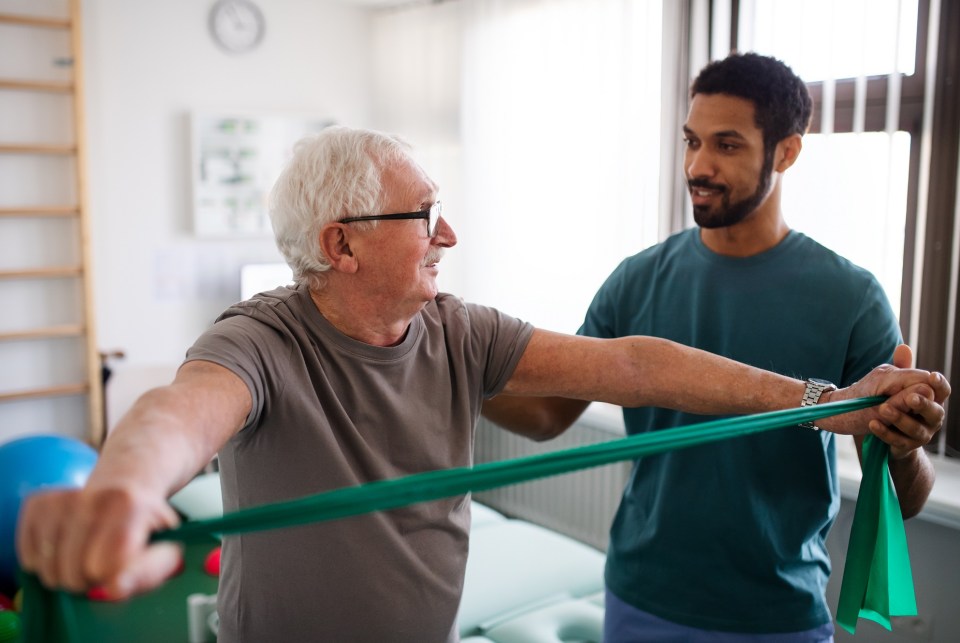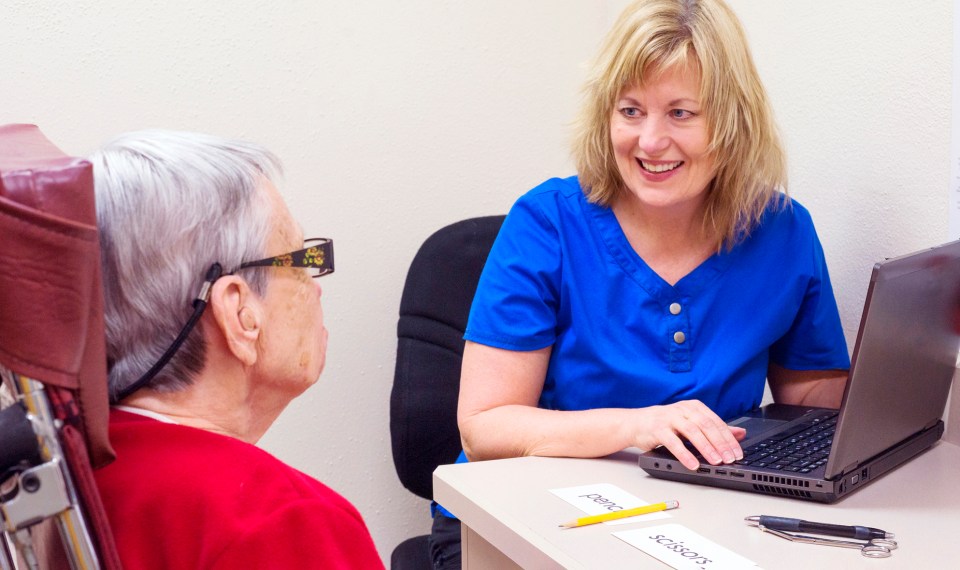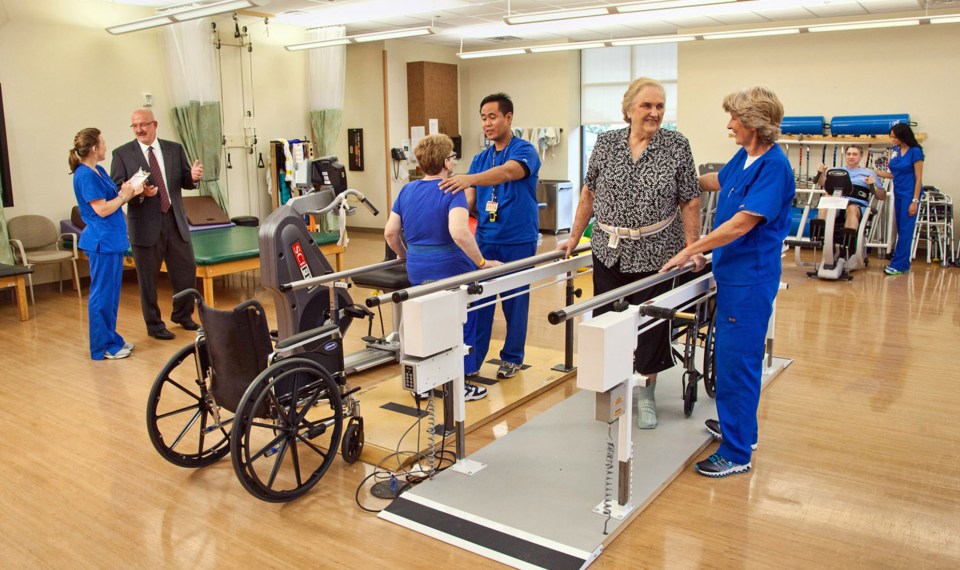Anyone who works in inpatient rehabilitation knows that each patient presents with individual challenges that can impede the rehabilitation process. Recognizing barriers and addressing them efficiently can improve outcomes, especially with the constant push for a shorter and more effective length of stay. The following are some of the strategies that I have personally implemented or observed at Encompass Health Rehabilitation Hospital of Florence that can help you raise the bar in your career in physical therapy and improve outcomes for your patients.
Ask for Help
Even though therapists are educated on providing interventions for a variety of patient diagnoses, one of your teammates may have more experience working with certain equipment, performing a particular intervention or working with a specific patient population. By asking your teammates to share their expertise, you may be able to better address the patient’s needs, provide more comprehensive patient education and improve your team’s working dynamic. In my experience, others are willing to help.
Think Outside the Box
With the average length of stay being seven to 10 days in inpatient rehabilitation, failure to make progress quickly can be problematic. When progress has stalled, try something different. For example:
- When cognition is a limiting factor, consider asking the patient’s family to attend their therapy sessions. I had a patient who was not progressing due to lack of attention, difficulty comprehending cues and failure to maintain engagement during our sessions. We were spending a majority of each session trying to accomplish just a couple of tasks. At my request, the patient’s daughter was willing to attend her therapy sessions, but even I was surprised at how much more we were able to accomplish. It was a better outcome for the patient.
- Consider a different mobility strategy or device. In another scenario, I had a patient who was not progressing with ambulation. We were using a rolling walker, which was an appropriate assistive device based on their impairments, but after a week the patient had not been able to ambulate more than five feet. Both the patient and I were feeling discouraged. It occurred to me that we could try a bilateral platform attachment on their walker to provide them greater support and energy conservation. When the patient left our hospital they had progressed to ambulating 50 feet with setup assist and 120 feet with supervision. A new strategy made a huge difference.
Blur the Lines Between Disciplines
Although physical therapy, occupational therapy and speech therapy are different, they do overlap. PT and OT don’t just intersect when your patient has to go to the bathroom during your session. PT and ST don’t just intersect when you’re doing your subjective assessment or cueing/communicating with your patient. Consider combining types of therapy. Here are a couple of examples I’ve used in practice:
- Challenge your patient’s balance with a leisure or daily activity. When your patient gives you a goal like cooking Sunday brunch for their extended family, gardening or golfing, it’s an opportunity to have fun and address PT impairments like dynamic standing balance, functional mobility and impaired standing/activity tolerance. It may take a little extra thought, planning or an opportune time on the schedule to bake, pull weeds from your hospital’s courtyard or set up a mini golf station; however, any time I have done it, it was well worth the response from my patient.
- Address your patient’s speech deficits or cognitive impairments. If your patient is struggling with speech, have them practice during your session by counting repetitions or verbalizing steps to the task you’re having them perform. If your patient is mobile with cognition as a limiting factor, consider working on their memory during gait training by showing them a path through your facility and having them attempt to repeat the same path after a brief break. You could also have them perform basic arithmetic to calculate the number of steps they navigated or the total distance they ambulated. If you’re unsure, ask their speech therapist what you can do during your session to aid in their progress.
When you’re struggling, take a step back (ask for help if you need it) and get creative to find the best path forward.
The content of this site is for informational purposes only and should not be taken as professional medical advice. Always seek the advice of your physician or other qualified healthcare provider with any questions you may have regarding any medical conditions or treatments.




